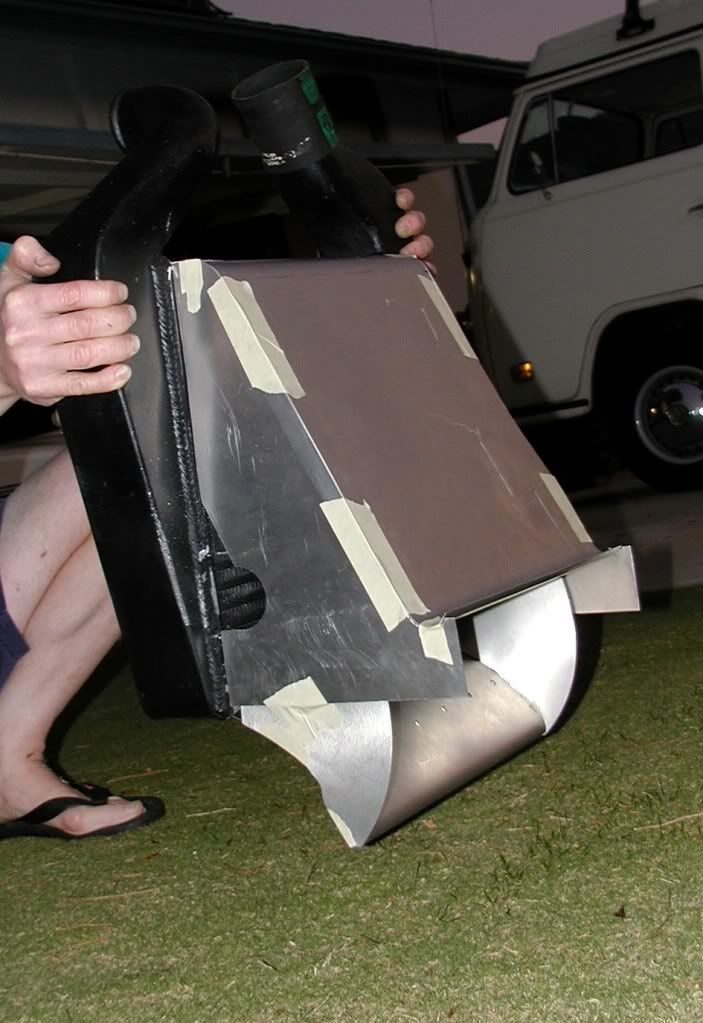It would be awesome to have the facilities and $$$ to support the r&d these race teams do. Likely spent a couple million on nothing but air flow research to develop an intercooler design for a given car. Hundreds of engineers with unlimited backing. Going back to the racking leaves comment I made earlier though. We're not looking to re-invent the wheel. Just be able to produce something that exceeds commercially available product without driving cost out of sight. We don't really have a cost limit like most do when they start a project but we don't want to have $2000 intercoolers on $4000 engines. Also when trying to compare to F1 technology we don't know specifically what sacrifices they made in their design. They may be reducing core are and angle/ducting, etc to reduce drag at high speeds. So many things to consider.Guys, don't take this the wrong way as my respect for your knowledge is unparalleled.
Although not a direct comparison in cost, it is my believe we can learn and draw parallel philosophy from the F1 teams on end tank volume and flow requirements.
The piping should not be emitted from volume consideration.
Like all of you, I would like to see this succeed so providing some feedback.
View attachment 269265
Sent from my iPhone using Tapatalk

